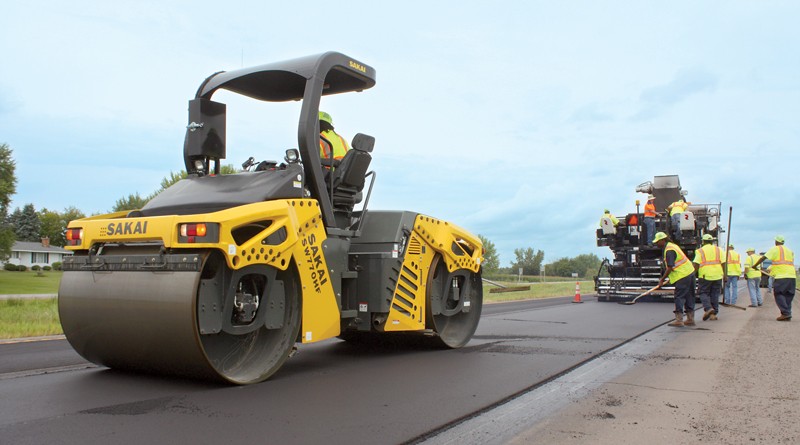How Roads Have Improved Over the Last 20 Years
Road conditions across the United States have faced significant challenges, with a reported backlog of $786 billion in necessary repairs. According to the American Society of Civil Engineers, American motorists collectively spend about $130 billion annually on additional vehicle repairs and fuel costs due to poor-quality roads. A recent analysis by TruckInfo.net highlights that while the national average of roads rated as acceptable has slightly decreased from 82.6% in 2000 to 81% in 2020, California has experienced notable improvements. In 2000, only 57.35% of California’s roads were deemed acceptable, but by 2020, that figure had risen to 67%.
This upward trend in California’s road quality can be attributed to the state’s high gas tax, currently at 77.9 cents per gallon, which is dedicated solely to highway repair and maintenance. While some states, like Rhode Island and Washington, have seen significant declines in road conditions, others, such as Arkansas and Oklahoma, are planning substantial investments to enhance their infrastructure. For homebuilders and developers, improved road conditions can have a positive impact on accessibility and property values, making ongoing investments in infrastructure a critical area to monitor as regional road quality continues to evolve.

